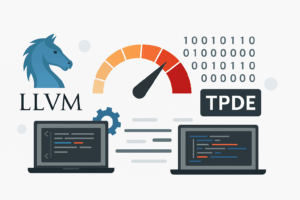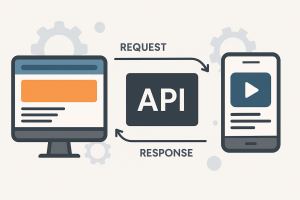
Helwan Linux: Egypt’s Homegrown Distro
A horizontal digital illustration featuring the official Helwan Linux logo set against a textured, atmospheric backdrop inspired by the Egyptian desert and the iconic Great Pyramids. The composition blends modern open source identity with classic Egyptian heritage, highlighting Helwan Linux as a unique distribution developed by and for the local and global tech community. Perfect as a featured image for










